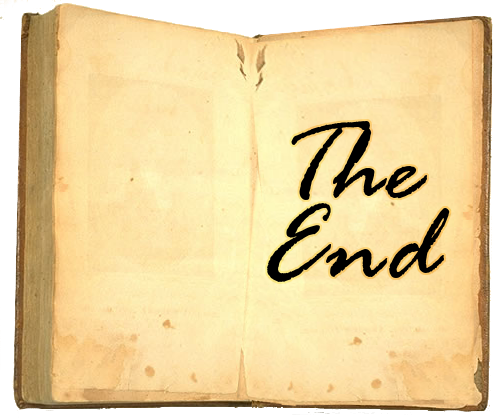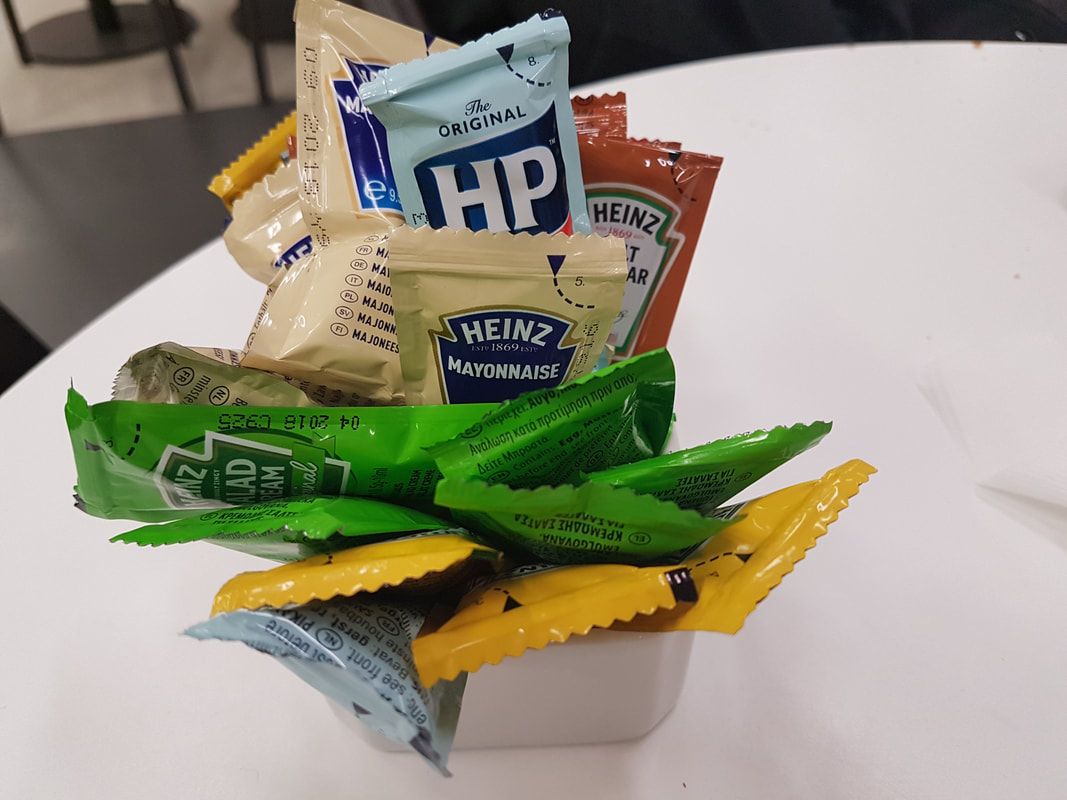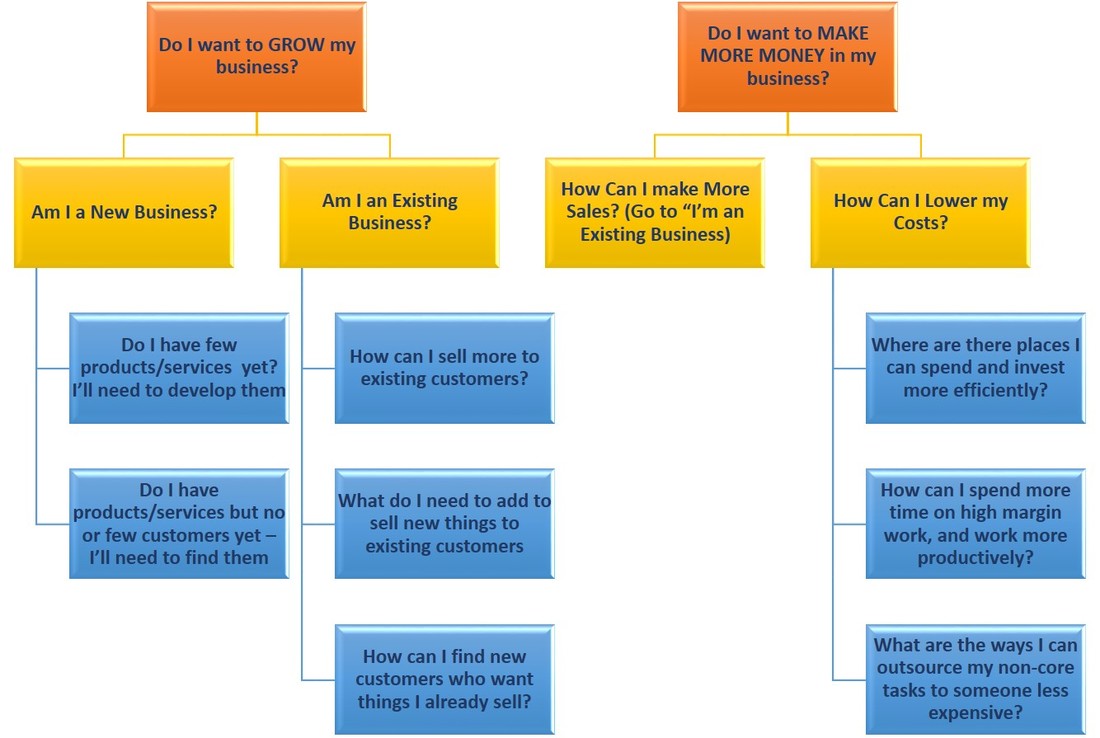As the holiday season approaches, companies (and especially your sales team) start thinking of ways to thank, or give back, to your best customers. You can send them cards. If their corporate responsibility code allows it (and yours does), you can send them tokens of your appreciation. Some companies send sales incentives, wrapped as “gifts” and tied with a bow. (We’re looking at you, Black Friday).
Here’s are a couple of gifts you can give to customers and prospects, all year long: active listening and empathetic engagement. How can you do that?
Visit them at their workplace, and ask them what problems they’re trying to solve, and how they’re trying to solve them now. Not what problems they’re trying to solve with the tool you have on offer, but simply an opportunity for you to walk a mile in their shoes. Save the solutions for later.
Ask them questions in a way that’s easy for them – let them answer in a way that’s comfortable, conversational, and that allows them to say, “that isn’t even the right question!”
Make it easy for them to contact you – however they want. Let them call, write, email, engage through social media, or even send a carrier pigeon (ok, maybe not that). When they do, respond, even if you don’t like what you’re hearing, or if your answer must be, “we’re sorry, but that’s not a problem we’re able to solve”. (Bonus points if you can point them to someone who can).
If your team needs help asking hard questions, needs training on how to choose the best research approach to solve their problem, or wants a facilitator to help bring it all together, we do those things. But for today, we’ll just wait patiently and ask, what’s up with you, and what problems are you trying to solve these days?
I’m Megann Willson, and with my partner, Steve Willson, we’re PANOPTIKA. We work with our clients to help them see everything they need to know to find, understand, and engage with their customers. And we’d be happy to help you. You can find us on social media like Twitter, LinkedIn, or Facebook. Or you can get news delivered right to your inbox, every Friday…just subscribe with the link below. Got a question and not sure if we can help? Give us a call. You can find all the ways to contact us right here on the website.











